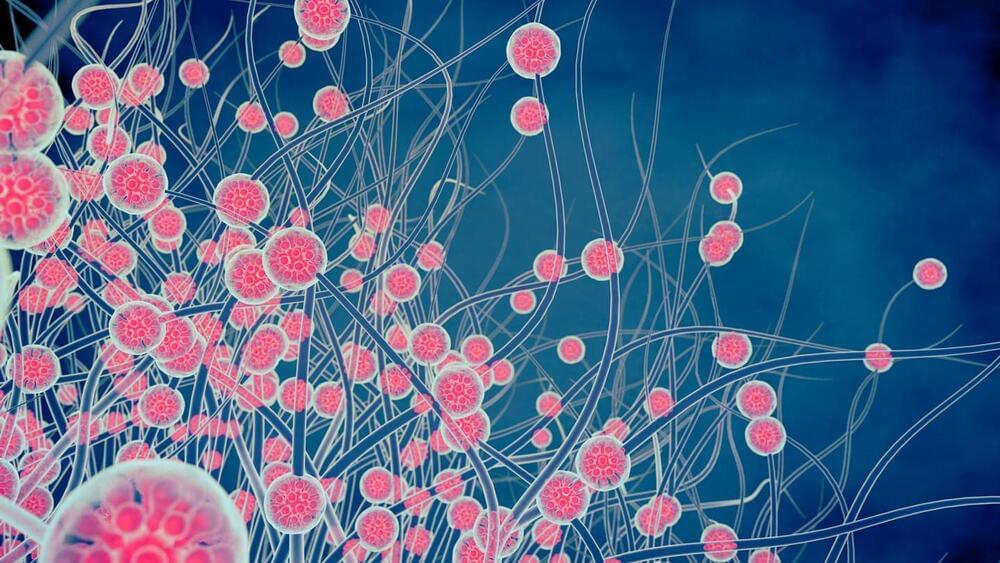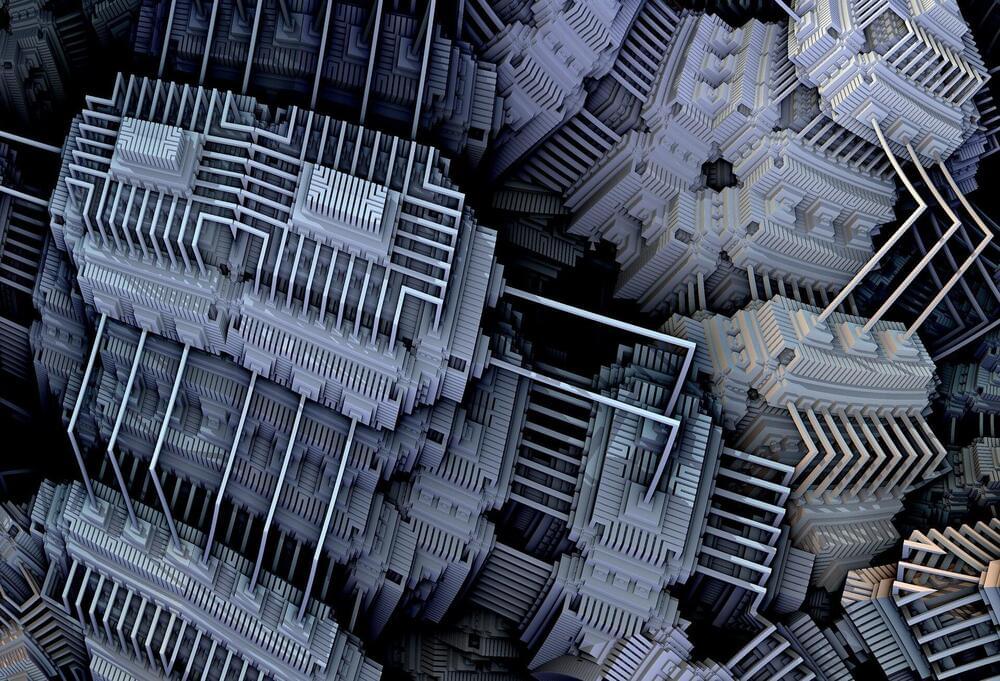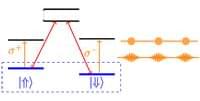GPTZero was created by Edward Tian, a Princeton student, who says he was inspired by increasing AI plagiarism. The app’s popularity crashed his site.



People age at different rates due to a variety of intrinsic and extrinsic factors, which can affect their biological age and their risk of developing diseases or experiencing early death. This is why two individuals who are both 50 years old may not have the same level of biological aging, despite having lived for the same number of years.
Lifestyle choices, such as diet and smoking, and illness all contribute to accelerating biological age beyond one’s chronological age. Researchers have discovered that grip strength, a measure of overall muscle strength, is linked to biological age in this way. In particular, the study, which was published in the Journal of Cachexia, Sarcopenia, and Muscle, found that people with weaker grip strength had older biological ages.
Researchers at Michigan Medicine modeled the relationship between biological age and grip strength of 1,274 middle-aged and older adults using three “age acceleration clocks” based on DNA.


Quantum computers hold the promise of performing certain tasks that are intractable even on the world’s most powerful supercomputers. In the future, scientists anticipate using quantum computing to emulate materials systems, simulate quantum chemistry, and optimize hard tasks, with impacts potentially spanning finance to pharmaceuticals.
However, realizing this promise requires resilient and extensible hardware. One challenge in building a large-scale quantum computer is that researchers must find an effective way to interconnect quantum information nodes—smaller-scale processing nodes separated across a computer chip. Because quantum computers are fundamentally different from classical computers, conventional techniques used to communicate electronic information do not directly translate to quantum devices. However, one requirement is certain: Whether via a classical or a quantum interconnect, the carried information must be transmitted and received.
To this end, MIT researchers have developed a quantum computing architecture that will enable extensible, high-fidelity communication between superconducting quantum processors. In work published in Nature Physics, MIT researchers demonstrate step one, the deterministic emission of single photons—information carriers—in a user-specified direction. Their method ensures quantum information flows in the correct direction more than 96 percent of the time.
Is the Director General of the Pacific Community (SPC — https://www.spc.int/about-us/director-general) which is the largest intergovernmental organization in the Pacific and serves as a science and technology for development organization owned by the 26 Member countries and territories in the Pacific region.
SPC’s 650 member staff deliver services and scientific advice to the Pacific across the domains of Oceans, Islands and People, and has deep expertise in food security, water resources, fisheries, disasters, energy, maritime, health, statistics, education, human rights, social development and natural resources.
Dr. Minchin previously served as the Chief of the Environmental Geoscience Division of Geoscience Australia, and has an extensive background in the management and modelling of environmental data and the online delivery of data, modelling and reporting tools for improved natural resource management. He has a long track record of conceiving, developing and delivering transformational and innovative projects in the Environmental and Natural Resource Management domains.
Dr. Minchin has represented Australia in key international forums and was Australia’s Principal Delegate to both the UN Global Geospatial Information Management Group of Experts (UNGGIM) and the Intergovernmental Group on Earth Observations (GEO).
Dr. Minchin has previously been responsible for the Environmental Observation and Landscape Science (EOLS) research program in CSIRO and prior to that was a Principal Scientist with the Victorian Department of Sustainability and Environment.
Dr. Minchin has a PhD in Aquatic/Environmental Chemistry, from Monash University, where he also did his undergraduate work in Chemistry achieving a BSc (Hons). He also holds a BSc (Aquatic Science), Aquatic Chemistry and Aquatic Biology from Deakin University.

While multiphoton entangled states are the essential building blocks of quantum photonic technologies, large-scale production of such states has proven to be difficult. This study utilizes the unique structure of hole spins in quantum dot molecules to propose an approach that overcomes many of the existing obstacles in the deterministic generation of such states. With high fidelity and production rates that are unmatched among currently available protocols, this proposal seems quite promising as a basis for tomorrow’s optical quantum communication hardware.


Hackers stole the email addresses of more than 200 million Twitter users and posted them on an online hacking forum, a security researcher said Wednesday.
The breach “will unfortunately lead to a lot of hacking, targeted phishing and doxxing,” Alon Gal, co-founder of Israeli cybersecurity-monitoring firm Hudson Rock, wrote on LinkedIn. He called it “one of the most significant leaks I’ve seen.”
Twitter has not commented on the report, which Gal first posted about on social media on Dec. 24, nor responded to inquiries about the breach since that date. It was not clear what action, if any, Twitter has taken to investigate or remediate the issue.

